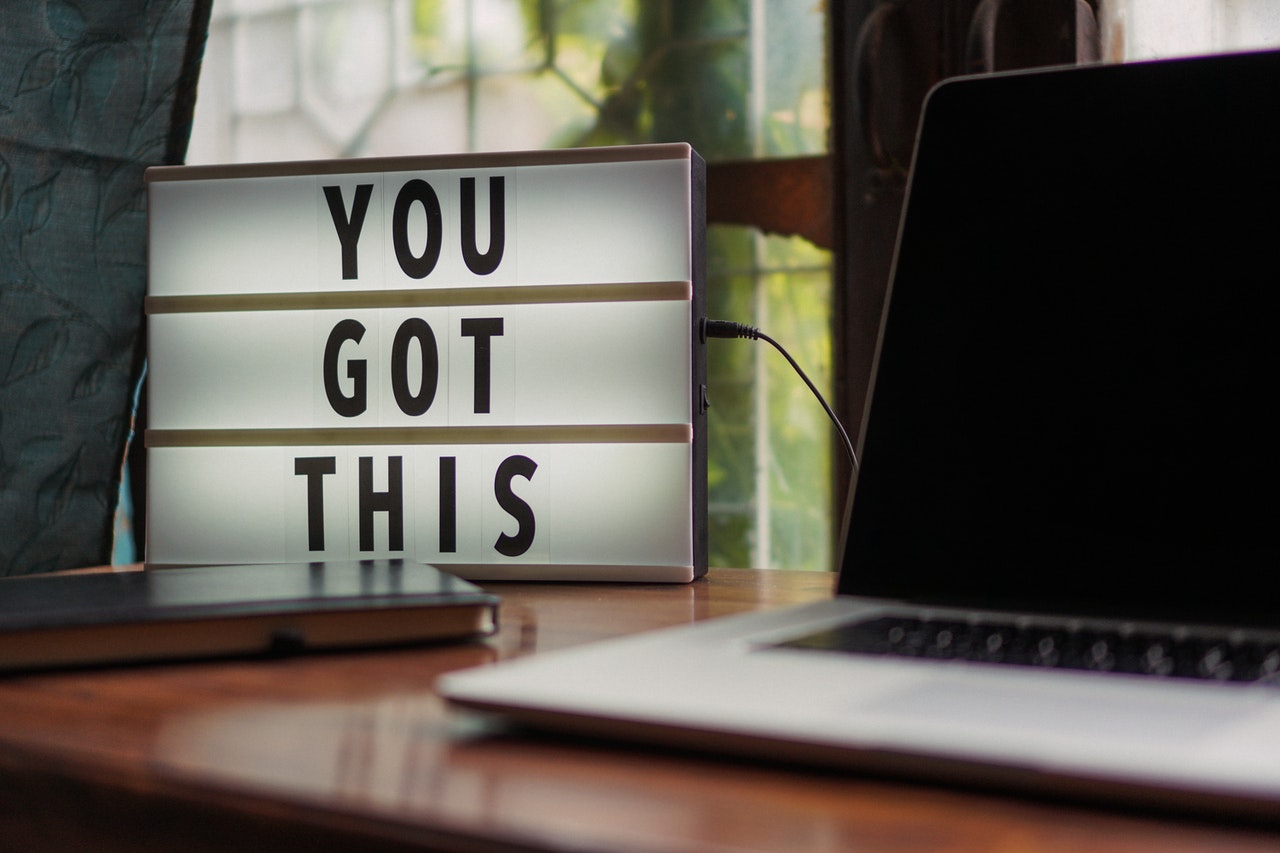
It’s Mental Health Awareness Month: Here’s Your Mental Health Checkup.
It’s Mental Health Awareness Month—Have You Done Your Mental Health Check-up Yet? By: Jessica Taylor, LPC What Is Mental Health Awareness Month? The month of May is when we try to put even more time and resources into both increasing public awareness around mental health issues, and decreasing the stigma that remains regarding asking for help and seeking treatment for mental illness. According to the National Institute for Mental Health, approximately one in five adults in the US struggle with a mental illness. Participating in Mental Health Awareness Month can mean being more mindful about attending to your own mental health, or it can mean reaching out to others in need. How to Do a Mental Health Check-Up Maintaining a healthy baseline mood is not a “one and done,” but rather an ongoing lifelong process for all of us. Even if you are do not have mental illness in your family history, life is complex and complicated. Situational events such as the death of a loved one, the loss of a job, or a cancer diagnosis can result in symptoms of mental illness. If you are wondering where to start when assessing the status of your own mental health, here are some ideas. General Mental Health Self-Assessment Ask yourself these quick questions in order to get a general sense of whether you might be experiencing some symptoms of mental illness such as depression or anxiety. Have I recently started eating less or more than usual? How much am I moving my body each day? Am I using alcohol or any other substances to cope with stress, sadness, etc.? Am I getting enough sleep? How is the quality of my sleep? Do I feel excessively tired or fatigued throughout the day, despite getting enough sleep? Do I feel at ease (not anxious or stressed) when at home and/or in public? Have I been isolating myself from friends and family? Am I still engaging in activities that I find to be enjoyable? Am I able to concentrate when necessary? Have I been experiencing extreme shifts in my mood? Am I more angry or irritable lately? Have I been tearful or crying more than usual? Have I been having any thoughts of suicide? Journal About Your Mood Each Day Try taking five minutes at the end of each day to write about what your mood and functioning was like that day. This way, you can begin to notice any patterns that come up (i.e., “I feel more stressed out on the days that I don’t take my morning walk.”) You can structure this in whatever way is helpful to you, but here are some ideas: Where is my mood on a scale from 1-10 today? How did I feel for most of the day (i.e., calm, sad, angry, stressed, etc.)? Did anything significant happen today that might have impacted my mood and functioning? How much water did I drink? What were my meals like? Did I move my body today? How much sleep did I get last night? How to Reduce the Stigma Around Mental Health and Help Others Share your experience. One of the ways that symptoms of mental illness ‘trick’ us is making us feel alone in our experience. For example, someone who is experiencing symptoms of depression might think something like: “I can’t tell my friends and family about what I’m going through because they won’t understand and will probably see me as weak.” If you feel comfortable sharing your experience of mental illness and the steps you are taking to live a happier, more fulfilling life, that might be exactly what someone else needs to hear right now. The more often people speak about their experiences with mental illness, the less stigma there will be around this issue. Check-in with loved ones. By now we know that someone can look happy on the ‘outside,’ while experiencing immense suffering internally. Check-in with friends and family members that you haven’t spoken to in a while by giving them a call or even sending a quick “How are you doing?” text.




